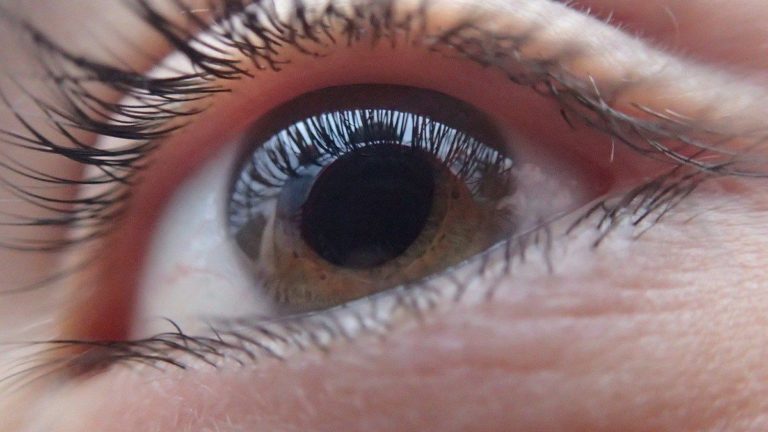
Lyme disease
This disease is an infection caused by bacteria that’s transmitted through the bite of an infected blacklegged tick. Its symptoms include fever, chills, headache, fatigue, joint aches, and swollen lymph nodes.
Lyme disease accounted for 82 percent of all tick-borne diseases reported from 2004 to 2016, the CDC report found, rising from 19,804 cases in 2004 to 36,429 cases in 2016. A total of 402,502 cases have been reported in that span of time.

Anaplasmosis and ehrlichiosis
These are infections caused by bacteria that is transmitted through the bite of infected ticks. Anaplasmosis is commonly spread by blacklegged ticks while ehrlichiosis is spread by the lone star tick. Both diseases have similar symptoms which include fever, headache, muscle pain, malaise, chills, stomach pain, nausea, cough, confusion.
Anaplasmosis and ehrlichiosis are currently the second most common tick-borne diseases affecting Americans, growing from 875 cases in 2004 to 5,750 in 2016. Nearly 40,000 cases total have been reported during that time frame, the CDC says.

























